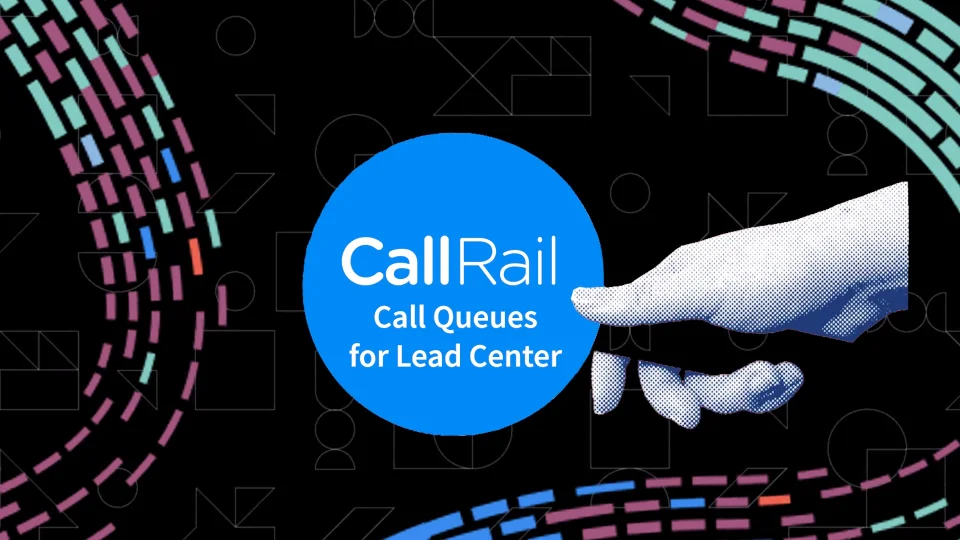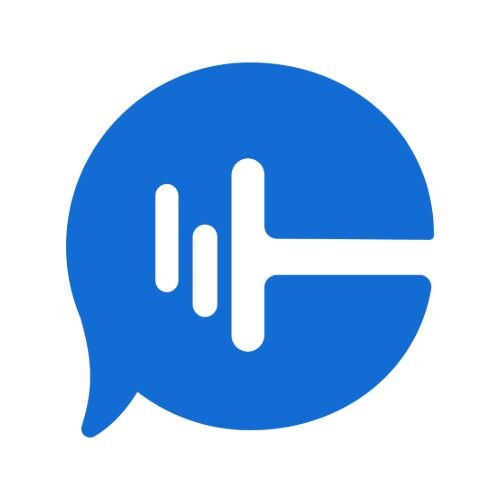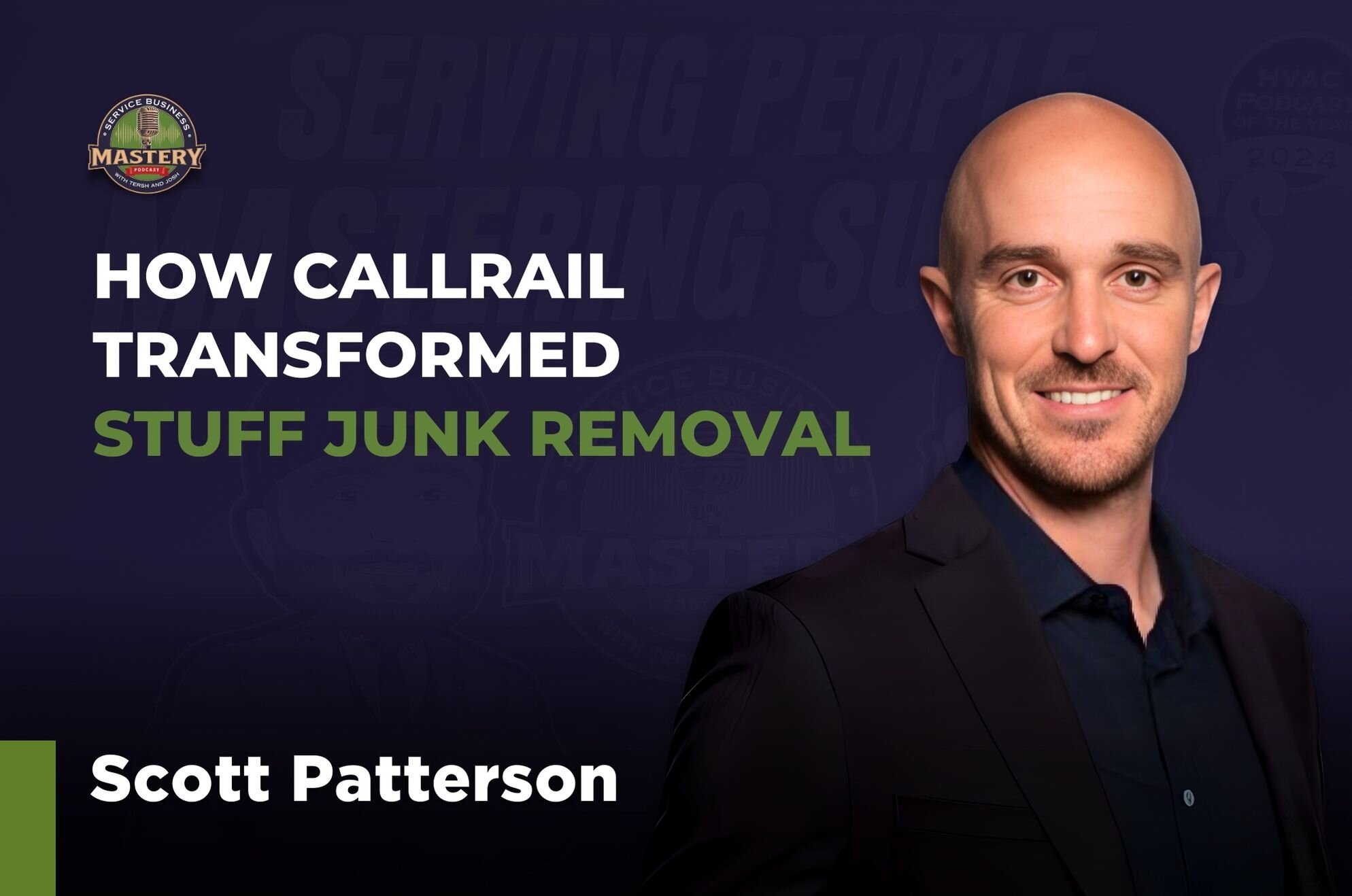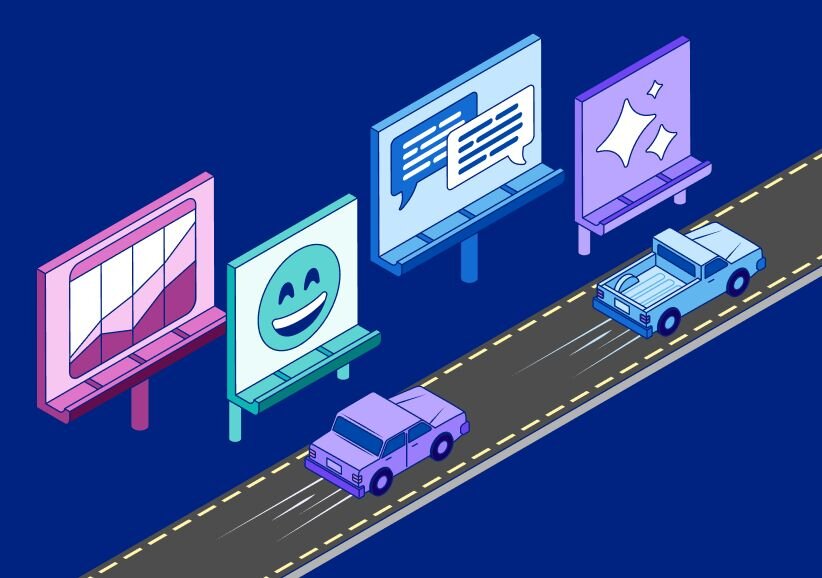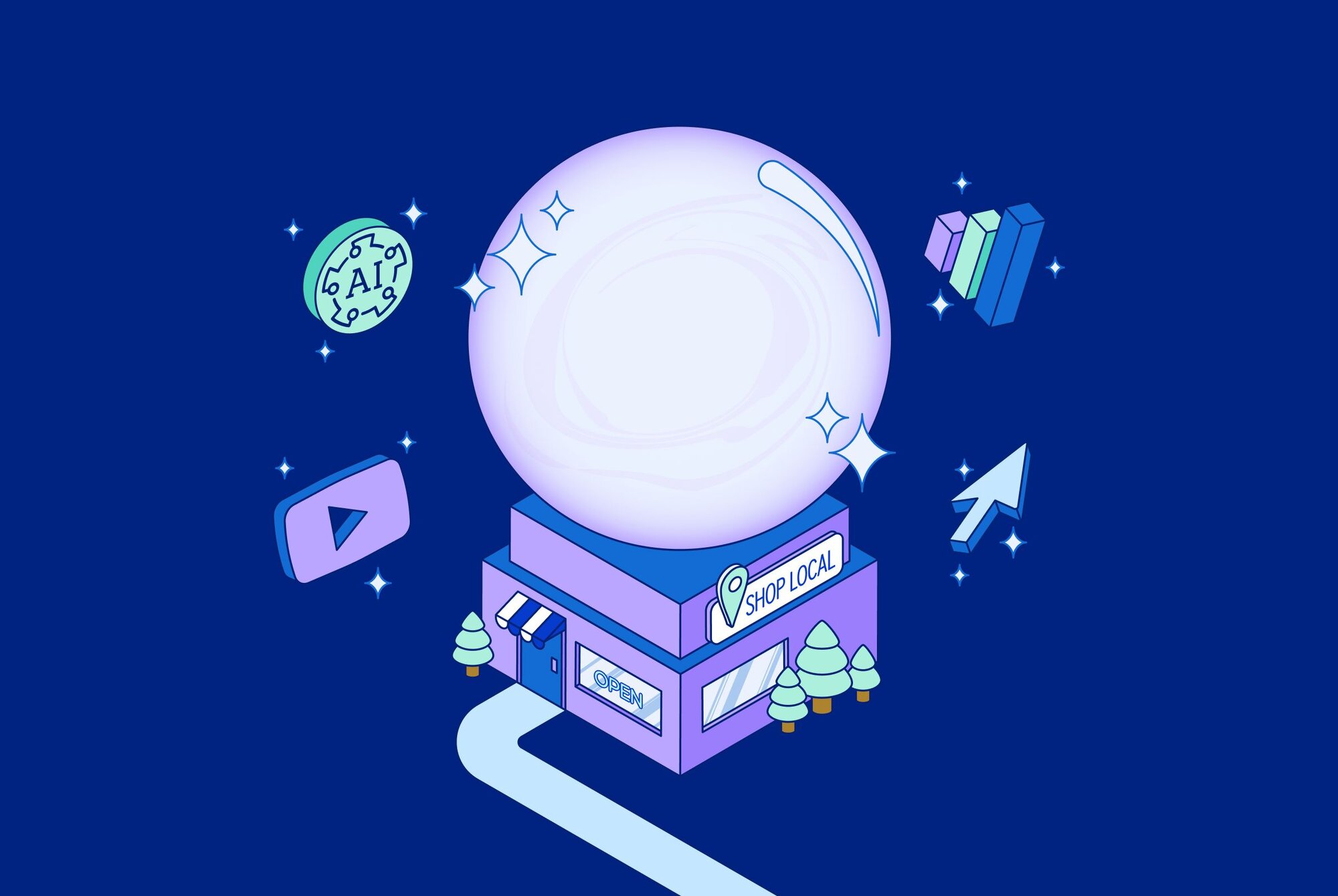When customers reach out to your call center, they get directed to the next available customer service agent. But sometimes the number of inbound calls exceeds the number of available representatives.
A call queue automatically distributes incoming calls from customers based on the call order. The caller remains on hold until an agent becomes available, at which point the call queue routes the customer to the rep. Call queues make it possible for a contact center to handle callers in an organized manner.
How do call queues work?
Call queues work by placing callers in a lineup based on when they called into the contact center. Those who called in earlier are placed higher in the order, while customers who call in later get placed further back. Ideally, agents become available quickly enough to efficiently handle the customers waiting in the queue.
While they're waiting, callers typically hear a greeting informing them that there will be a wait to speak with a customer service agent. Many call queues also play music for waiting customers. Depending on the technology, some call queues tell customers approximately how long they'll have to wait. Some also provide callers with the option of leaving their contact information so that a customer service agent can call them back later.
Ideally, call queues help contact centers route customers to an available agent more efficiently than simply leaving them on hold. So customers experience shorter wait times because they’re not stuck waiting in line for a specific customer service agent line to open. Good call queue management can improve customer satisfaction, lower abandonment rates, and improve first call resolution rates.
How can your team benefit from a call queue?
Some businesses experience higher volumes of calls at certain times of the year. Without a call queue, customers can get stuck with long wait times. With the right technology, contact centers can move callers through the system more efficiently so they reach someone who can handle their issue.
Call queues help call centers handle higher volumes of calls more quickly. They can also help customer service reps improve their inbound call statistics by answering more calls. Technologically advanced call queue software detects when a customer’s been on hold for a long time and automatically enacts mitigation measures to prevent the caller from hanging up.
Improved customer support
Call queues give contact centers tools and practices that can reduce the time a caller spends waiting for help. Ideally, the call queue will immediately route a waiting caller to an agent as soon as they become available.
By asking the right questions initially, a call queue can help callers get connected to an agent who understands their concern. That way, they don’t end up frustrated by getting routed to someone who lacks the knowledge to address their problem.
For example, if a caller has an issue with their bill, you don’t want them to end up speaking to someone who handles shipping issues. By gathering information from the caller at the beginning, the queue can send them on to an agent who handles billing. That way, callers reach the right person from the start, improving first contact resolution rates.
Greater customer satisfaction
The biggest benefit of quality call queue technology is the way it boosts customer satisfaction. A poor customer experience can significantly impact the likelihood of a customer doing business with a company in the future. But by using a call queue, your company can achieve shorter wait times for callers and improved interactions with customer services agents.
Because they can help callers connect with the right person on the first try, call queues lower the chances of a caller getting bounced around from one agent to another. That not only increases customer satisfaction, but it also makes things less stressful for customer reps. Well-managed call queue technology makes it less likely that they'll have to field calls from people unhappy about how long they had to wait before getting a human response.
Increased sales
Call queues can even help your sales team increase their ability to follow up on leads. CallRail’s Call Flow Builder provides you with features like:
- Round Robin: Enabling the Round Robin feature allows you to assign call leads to sales agents in sequential order. You set the number of times a number in the queue should ring before moving the caller to another sales agent.
- Simulcall: With Simulcall, you can have calls routed to multiple sales team members at once. The first person who picks up gets connected to the caller. That decreases the chances of a viable sales lead slipping through your team’s fingers.
- Responsive Routing: By using this feature, you can route callers to specific sales teams depending on how often they’ve contacted that caller, the caller’s lead status, or the frequency of a caller’s visits to a company’s website.
Challenges of call queues
The first in, first out approach taken by call queues works well when you have the right phone software and a properly staffed call center. When either of these things is out of balance, you may run into some of these issues with your call queues:
- Extended wait times: You can end up with customers on hold for a long time. So they may get frustrated and hang up or take out their anger on the call center rep once they finally connect, leading to added stress for both the call agent and the customer.
- Outdated call center software: Your agents may have a harder time getting through the call queue if they’re dealing with older technology. If the software doesn’t integrate with the customer relationship management (CRM) solution, they may have to place callers on hold while accessing different systems for caller information.
- Poorly managed staffing: While successful promotions have the potential to boost a company’s bottom line, they can also lead to surges in calls to a contact center. If you don’t do a good job of anticipating call spikes and staffing accordingly, you can end up with callers frustrated at their inability to quickly get through to an agent. And again, your customer service reps can start feeling overwhelmed by the call volume and angry customers.
Managing high call traffic
One of the best ways to handle surges in call traffic is to have an effective call routing workflow in place. An advanced call routing system helps improve a caller’s customer service experience.
By adding an interactive menu (IVR), you can prompt callers to answer essential questions using their telephone keypad. That provides the system with critical information that helps the call queue route the customer to the right person or department.
You can also create targeted recordings that provide troubleshooting solutions to common problems. That way, callers can receive answers to questions more quickly without remaining on hold for long periods.
You can help shorten the wait times for callers by setting up your IVR with options that direct them to the correct department. For example, if they want to return an item, you can have them press “3” to get routed to a rep who handles returns.
Advanced call routing systems like CallRail’s allows you to route callers to specific phone numbers in various departments based on your company’s established business hours. In addition, you can set up a single call flow to multiple numbers.
You can help your customer service and sales agents help callers more quickly by using the built-in integrations that come with CallRail software, including:
If you’re expecting an increase in calls because of the season or a recent business promotion, use one of the advanced call management solutions within CallRail, like Simulcall, Round Robin, or IVR, to get callers to the right areas and cut down on confusion. For example, using Responsive Routing, you can set up your system to route first-time callers to specific numbers and returning callers to another.
How can you optimize your customers' experience?
The experience a customer has when they call you for the first time can have a big impact on whether they remain your customer. That’s why you want to avoid having them waiting around for a long time before they finally get to speak with one of your customer service reps.
The time your agents spend interacting with customers is a chance for them to show them how much their business means to you. If your agents can address their issues effectively and efficiently the first time, that can be the start of a long-term relationship.
That’s why you should make your phone system’s IVR menu interactive and user-friendly for new customers. Start by creating clear prompts that direct them to the area they need. Don’t hesitate to use CallRail features like Simulcall and Round Robin to increase the chances a caller speaks with someone able to help them with their problem.
Try to keep the meeting focused on specific topics to make the best use of the customer’s time. You want customers to come away from the visit feeling that your business sees them as valuable, which can build on their loyalty to your brand.





